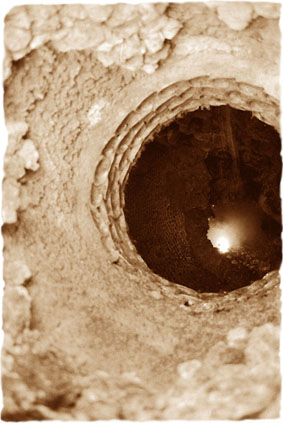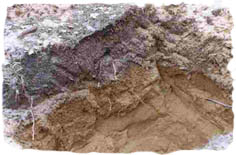

Standardization is “the process through which disparate terms for similar - but rarely identical-entities or attributes are homogenized in order to use multiple sources of data” (Schuurman, 2002). Standardization is a classification system. A particular classification system enforces standardization, i.e. standardization is a result of a classification scheme used over time and adopted. Standards provide the yardstick against which data quality (an index of data reliability) can be evaluated, quantified and documented (C.P Lo 2002). Standards are a physical object or document that are established by government or an authorized standard development body through popular use or by general agreement as a model or example for practice in a specific profession or for procedures to complete a certain task (C.P Lo 2002). Standards in GIS enable data quality, integration, transfer, format, etc (C.P Lo 2002). The key issue in standardization is finding ways to minimize information loss (Kuhn 1994).
Standards constitute an important step to information exchange. They provide a formalization of spatial data concepts, data structures, and logical and physical formats in order to facilitate spatial data exchange between disparate systems (Hadzilakos Thanassis 2000). Thus, the international GIS community increasingly uses standards to describe geo-databases, as it is apparent that the function of geographic information can be achieved only with clear and well-defined data definitions.





| |